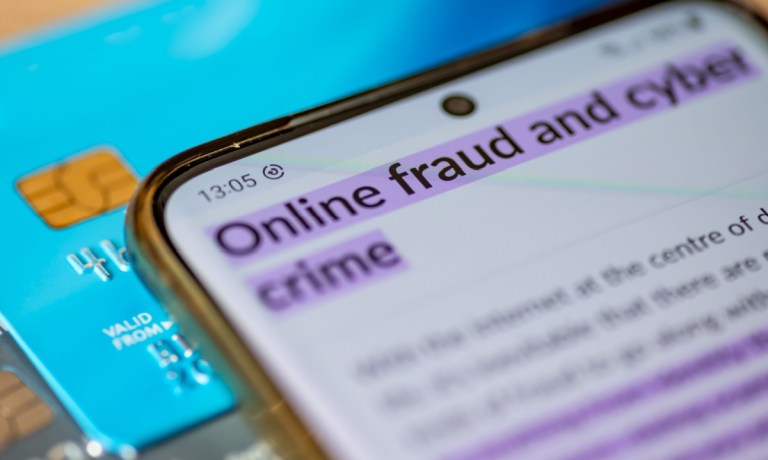
How well do you know the organizations your business transacts with? And how well do they know your business?
As the digital transformation accelerates, and businesses are confronted with escalating cyber risks and vendor identity fraud, it’s a question worth asking.
The modern business environment is rife with risks. Cyberattacks targeting businesses have grown more sophisticated, with hackers employing advanced techniques such as phishing, business email compromise (BEC), and even the creation of fake shell companies.
For businesses, the consequences of falling victim to such attacks are severe. In addition to financial losses, they risk damaging their reputations and losing the trust of clients, partners and regulators. The complexity of business networks, often involving multiple entities across borders, exacerbates these risks. Many businesses lack a unified system for verifying their identity, making it easier for fraudsters to manipulate fragmented and outdated information.
Against this backdrop, the need to define a single, authoritative source of truth for business identity has emerged as a critical issue. From securing transactions to navigating regulatory landscapes, a unified business identity is vital not only for maintaining credibility but also for operations such as securing loans and working capital.
Read more: Fake Shipments, Fast Cash: Trade Finance Fraud on the Rise
PYMNTS Intelligence shows that many executives report being forced to shut the door on new customers because the former lack proper controls to weed out the fraudsters.
And this is costing them opportunities — particularly small businesses with little history and even fewer ways of identifying themselves. Financial institutions rely heavily on accurate business identity information when assessing creditworthiness and approving loans. Inaccurate or inconsistent identity data can lead to delays in securing working capital, or worse, loan denials.
“No one has brought together in a single pre-populated directory, a comprehensive view of every business globally, and a two-sided platform that allows the parties to securely connect with each other and create real-time, mutually consented monitoring,” Markaaz CEO Hany Fam said to PYMNTS. “Thirty percent of small businesses get rejected for basic services like credit cards, bank accounts, etc., because they can’t be verified. And we see that number consistently across the whole world.”
In a separate conversation, Fam emphasized that in an age where “know your customer” and “know your business” initiatives are critical, financial institutions and other companies are at a loss about how to accurately identify risks and impostors that may leave them open to fines (for violating sanctions lists) or leave them vulnerable to schemes.
As Prove Identity CEO Rodger Desai told PYMNTS, major breaches such as a hack into Change Healthcare have provided huge swathes of transactional data. This then becomes fodder for fraudsters looking for “replayable” relationships that can give them grist for business impersonation schemes, fake invoices and even employee details to appropriate to create synthetic identities.
Providing an accurate, up-to-date, and comprehensive record of a business’ identity is key to reducing the risk of fraudulent activity and ensuring that businesses can confidently engage in transactions with verified entities — particularly as those transaction trend toward digital B2B payments. A unified business identity can help verify the legitimacy of parties involved in transactions, reducing the risk of fraud.
But while the need for a single source of truth for business identity is clear, creating one is no easy feat. Businesses face several challenges in defining and maintaining a unified identity.
Read more: AI for KYB Onboarding Helps B2B Partnerships Scale Securely
Many businesses operate with siloed data systems that contain different versions of identity information. Consolidating these systems into a single, authoritative source of truth often requires investment in technology and a commitment to data integrity.
At the same time, a business identity system that works in one country or industry may not be recognized in another. The lack of global standards for business identity verification creates interoperability challenges, particularly for multinational companies. Governments, regulatory bodies and industry consortia must collaborate to develop standardized protocols for business identity management that can be applied across borders.
Businesses also need to strike a balance between transparency and privacy. While stakeholders need access to certain identity information, businesses must ensure that sensitive data remains protected. Navigating the complex landscape of data privacy regulations, such as the European Union’s General Data Protection Regulation (GDPR), adds another layer of complexity.
Still, advances like artificial intelligence (AI) and machine learning (ML) can help businesses sift through vast amounts of identity data to identify discrepancies, detect fraud and ensure that identity information remains up-to-date. These technologies can also help automate the verification process, reducing the time and cost associated with manual identity checks.
And the marketplace is responding to this need. Over the summer, business identity platform Niva launched after raising $3.3 million for its verification solution, while Verituity raised $18.8 million to support the growth of its verified payout platform.
For all PYMNTS B2B coverage, subscribe to the daily B2B Newsletter.